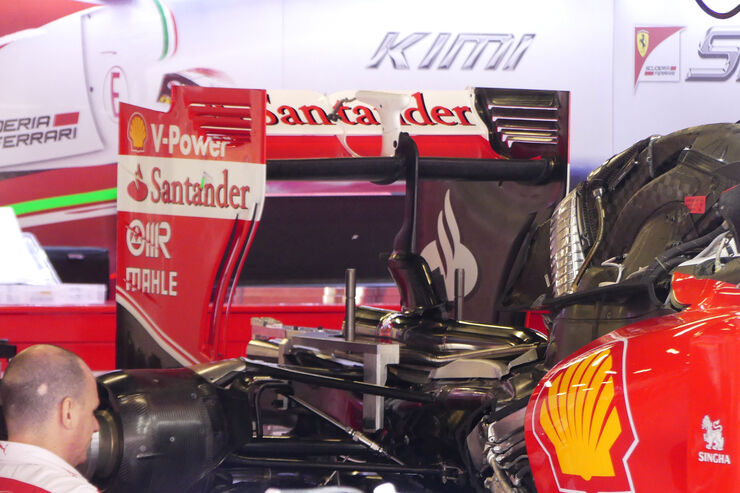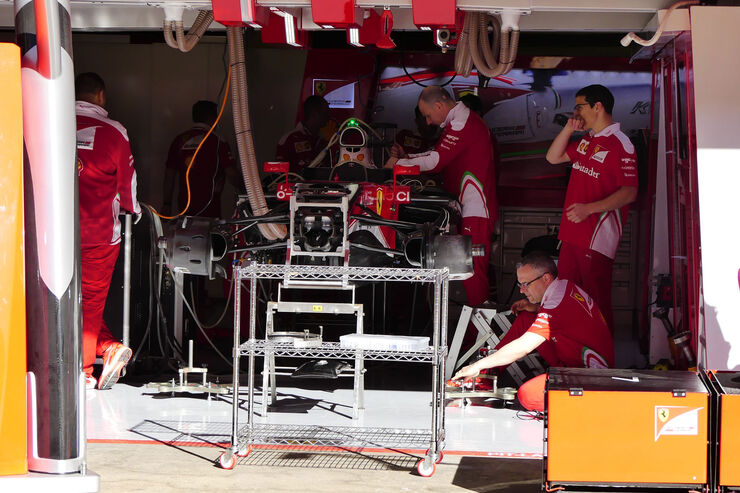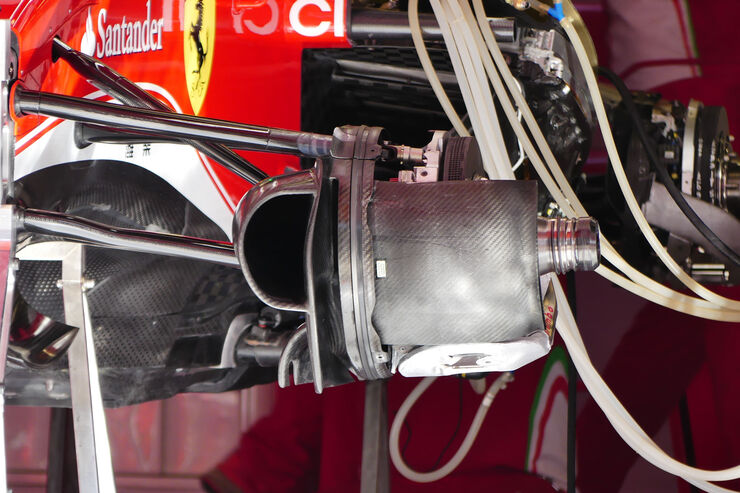The rules call for an average deceleration of 2.5g over the first 150mm of the structure, not exceeding 10g in the first 100mm, and not exceeding 20g before 200mm. I would guess then that the bulge of the nose is shaped as it is to meet the requirement for a low nose whilst being just enough to bring the average deceleration up to what it needs to be. As you say, the rest of the nose section looks a lot more solid, so I guess that the stub doesn't actually need to provide much in the way of deceleration if they can get it from the more solid part with the advantage of reducing weight.
(O/T - am I right in assuming that the front wing itself isn't attached during the crash but the pylons are?
This image suggests so)







